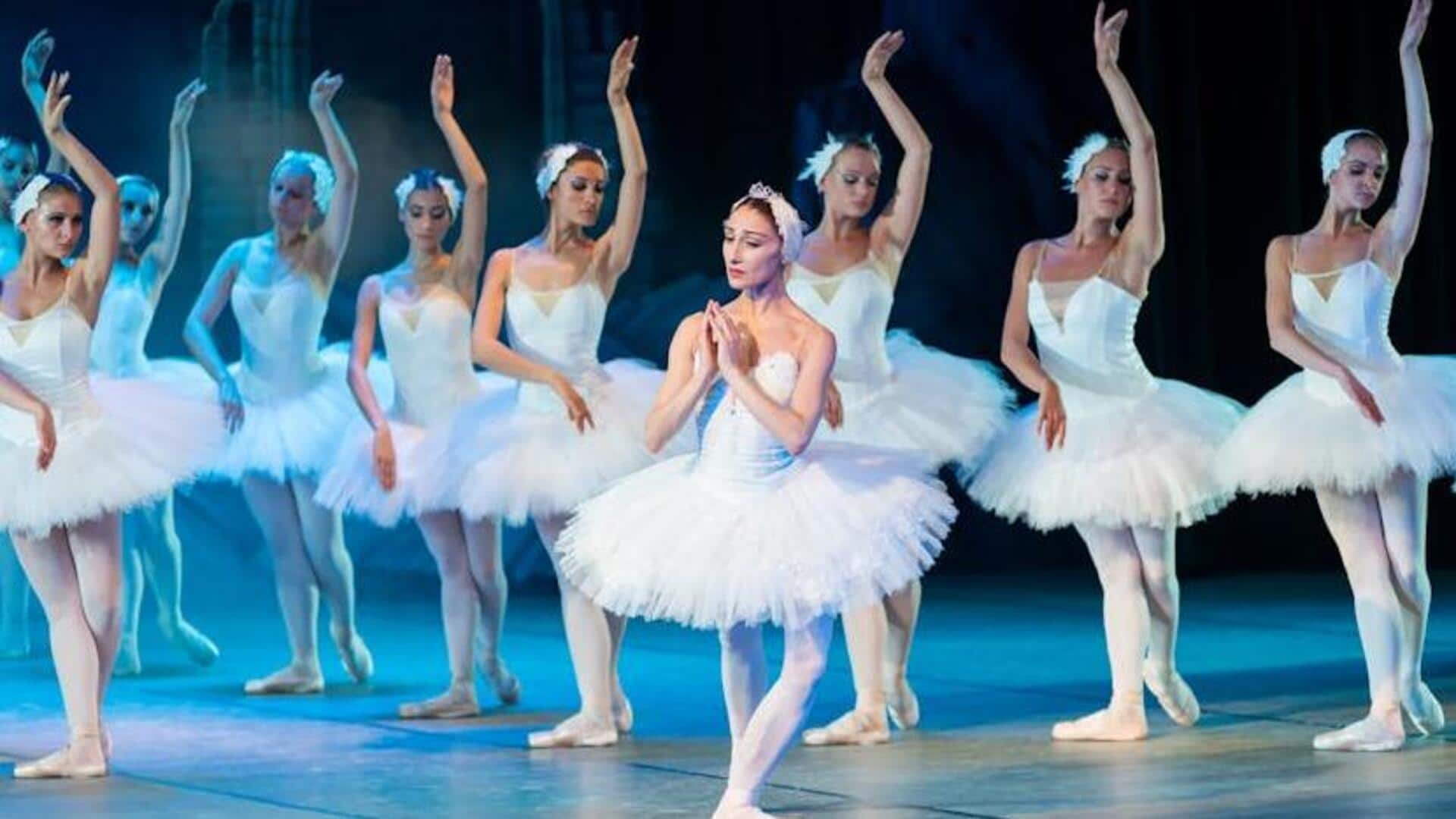
Ballet fitness for beginners: A guide
What's the story
Ballet fitness is a workout that blends the elegance of ballet with strength and conditioning exercises. It's a fantastic way for beginners to enhance flexibility, posture, and muscle tone. Unlike classical ballet, which can be daunting with its rigid technique demands, ballet fitness emphasizes easy-to-learn movements that are beneficial for everyone.
Tip 1
Start with basic positions
Mastering the five basic positions of ballet is your first step. These fundamental poses are essential for establishing correct form and avoiding injury. Start by practicing each position slowly, concentrating on your alignment—heels together, toes turned out, and spine straight. This focus on posture will lay the foundation for all other movements in ballet fitness.
Tip 2
Incorporate barre exercises
Barre exercises are the heart and soul of ballet fitness. They utilize a handrail (or a sturdy chair if you're at home!) for support while executing a series of leg and arm exercises. Begin with basic plies (bending of the knees) and tendus (stretching the leg away from the body). These movements not only build lower body strength but also enhance balance.
Tip 3
Focus on flexibility
To achieve the full range of motion required in ballet fitness, flexibility is key. Make stretching a part of your daily routine, with a focus on areas such as hamstrings, calves, and hips that are essential for ballet movements. Stretching gently after each workout session can help avoid muscle soreness and gradually increase overall flexibility.
Tip 4
Practice makes perfect
Consistency is key in ballet fitness. Commit to regular practice, even if it's only a few minutes a day. You'll gradually see improvements in form, strength, and flexibility. Remember, progress is a journey, not a destination. Celebrate every small victory as you become more graceful and strong through ballet fitness.